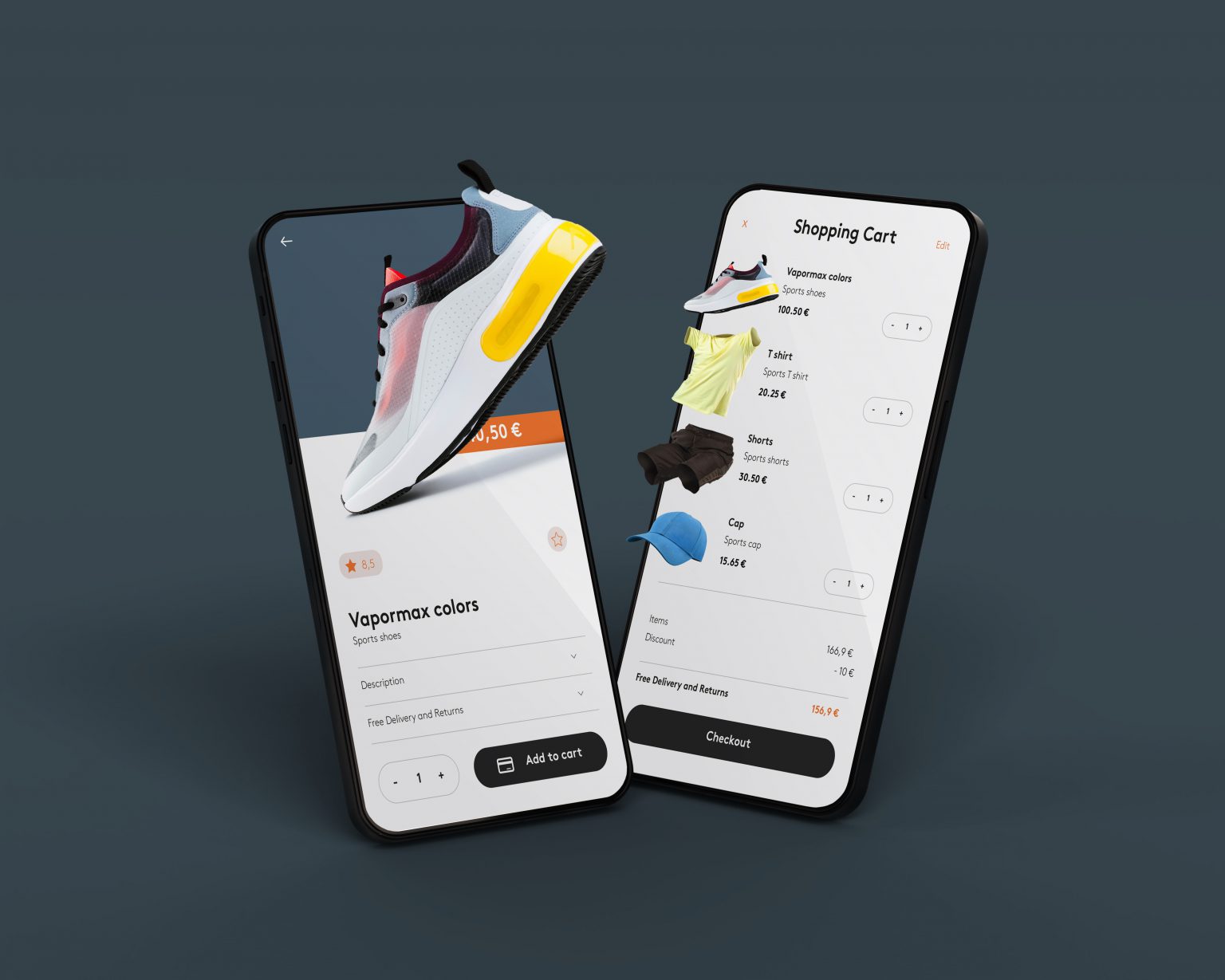30 Must Consider Smart Mobile App Features for Startup Success
- BlogStartupsTechnology 30 Must-Consider Smart Mobile App Features for Startup Success




30 Must-Consider Smart Mobile App Features for Startup Success
30 Must-Consider Smart Mobile App Features for Startup Success

1. Easy Onboarding:
Ensure that the app’s onboarding process is simple and user-friendly. Keep it to a minimum, using just a few screens to welcome new users and explain how the app works. Too much information can be overwhelming and may discourage users from continuing.
2. Personalization:
Enable personalization within the app, allowing users to customize their experience according to their preferences. This can include everything from personalized content to personalized notifications.
3. Social Media Integration:
Integrate the app with social media platforms, making it easy for users to share their experiences and achievements with friends and family. This can help to increase the app’s reach and user engagement.
4. Push Notifications:
Use push notifications to keep users informed and engaged with the mobile app. These notifications can be used to remind users of important events, provide updates on new features, and more.
5. In-App Messaging:
Incorporate in-app messaging to allow users to communicate with each other, and with customer support, within the app. This can help to build a sense of community and improve user retention.
6. Gamification:
Use gamification to make the app more engaging and fun for users. This can include rewards systems, badges, and other incentives that encourage users to continue using the app.
7. Offline Functionality:
Ensure that the app works even when users are offline. This can be achieved by allowing users to save content for later or by using local storage to store important data.
8. Analytics:
Incorporate analytics into the mobile app to track user behaviour and app performance. This data can be used to improve the app’s functionality, identify areas for improvement, and make data-driven decisions.
9. In-App Purchases:
Offer in-app purchases to generate revenue for the app. This can include premium content, subscriptions, and other features that users can unlock by making a purchase.
10. Multi-Platform Support:
Ensure that the app is available on multiple platforms, including iOS and Android. This can help to increase the app’s reach and accessibility, making it more appealing to a wider audience.
11. Location-based services:
Utilize location-based services to provide users with relevant and personalized content based on their current location. This can include local deals, events, and recommendations.
12. Voice-enabled functionality:
Integrate voice-enabled functionality into the mobile app, allowing users to interact with the app using their voice. This can include voice-activated search, commands, and dictation.
13. Augmented Reality:
Utilize augmented reality to provide users with a unique and immersive experience. This can be particularly useful for apps that involve visualization, such as interior design or fashion.
14. Integration with wearable devices:
Integrate the app with wearable devices, such as smartwatches or fitness trackers, to offer a more seamless experience for users.
15. Artificial Intelligence:
Incorporate artificial intelligence (AI) into the app to provide personalized recommendations and enhance the app’s functionality. This can include chatbots, natural language processing, and machine learning algorithms.
16. Multi-language support:
Offer multi-language support to make the mobile app accessible to a global audience. This can help to increase the app’s reach and improve user engagement.
17. Dark mode:
Implement a dark mode option in the app, which can be easier on the eyes and reduce battery consumption for users.
18. QR code scanning:
Incorporate QR code scanning into the mobile app to allow users to easily access information or make purchases.
19. Video and audio content:
Offer video and audio content within the app to provide users with a more engaging and interactive experience. This can include live streaming, podcasts, and video tutorials.
20. Security features:
Prioritize security features to protect user data and privacy. This mobile app feature can include two-factor authentication, biometric authentication, and data encryption.
21. User-generated content:
Allow users to create and share their content within the app. This can include reviews, ratings, and user-generated media, which can help to build a sense of community and encourage user engagement.
22. Social login:
Enable users to log in to the app using their social media accounts, making it easier for them to sign up and reducing the barrier to entry.
23. Personal assistant:
Integrate a personal assistant feature into the app to help users complete tasks, answer questions, and provide recommendations. This can include chatbots or voice assistants.
24. Real-time updates:
Use real-time updates to keep users informed of any changes or updates to the mobile app. This can include live updates, push notifications, or real-time chat.
25. Customizable themes:
Allow users to customize the app’s theme or layout, allowing them to create a personalized experience that suits their preferences.
26. Easy navigation:
Ensure the app’s navigation is intuitive and easy to use, allowing users to quickly find what they’re looking for and complete tasks efficiently.
27. Augmented audio:
Utilize augmented audio to provide users with an enhanced audio experience, such as spatial audio or audio effects.
28. In-app search:
Implement an in-app search function to help users find specific content or features within the mobile app.
29. Customer feedback:
Allow users to provide feedback on the mobile app features and functionality, helping to identify areas for improvement and build a sense of community.
30. Integration with third-party services:
Integrate the app with third-party services, such as payment processors or social media platforms, to provide users with a more seamless experience.
Incorporating these additional 30 smart mobile app features for startups can help in creating an even more user-friendly, functional, and successful app. By prioritizing user experience and offering unique and innovative features, entrepreneurs can create an app that meets the needs of their target audience and stands out in a crowded marketplace.
“Partner with us today and let our team of expert developers help you incorporate smart and innovative mobile app features that can take your startup to the next level!”
Share this:
Recent Posts
- Strategic Engagement Models with Technology Service Companies: The Incepteo Approach
- The CTO Advisory: Why Your Startup Needs Expert Technology Guidance
- AI Development Predictions 2024: Anticipating the Next Phase of Innovation
- Revolutionizing Mobile App Development 9 Innovative Technologies Leading the Change
- Ensuring Mobile App Security: 7 Vital Measures Every Developer Should Implement
By Sector

How Can Incepteo Help You?


Quick Links
AI SERVICES
2024 © All rights reserved by Incepteo